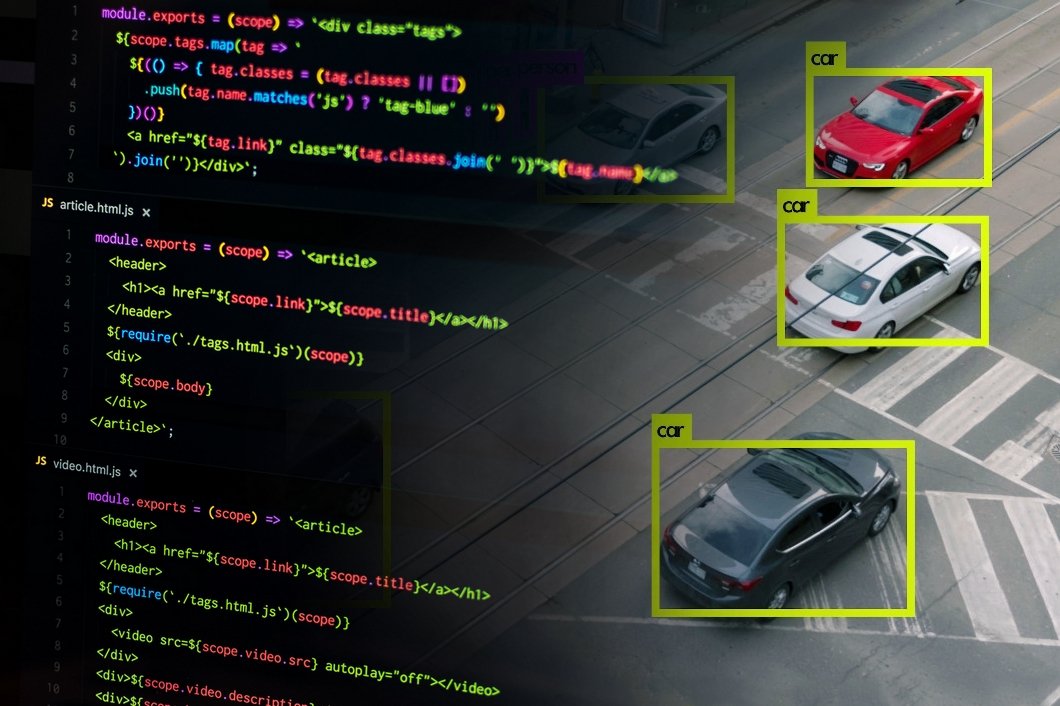This article will cover the top Computer Vision APIs for Image Recognition, Object Detection, Image Classification, and more. Today, modern engineering and research companies use computer vision to make machines see and imitate human vision. Therefore, multiple APIs have been developed to facilitate image processing and recognition in cloud applications.
The Top 10 Computer Vision APIs
Viso Suite
From experimentation to execution, Viso Suite powers real business impact with computer vision.
Book a Demo
The use of image recognition APIs helps developers to speed up the development of cloud-based computer vision applications. By using state-of-the-art API services, computer vision and image processing tasks can be performed on visual data such as images, photos, and video frames.
What Are Computer Vision APIs?
API stands for application programming interface; it is a type of software interface offering a service to other pieces of software. Hence, an API is a software intermediary that allows two applications to talk to each other. Typically, APIs are used to provide an entire product or service via an API that can be called by custom software programs.
Accordingly, computer vision APIs provide specific computer vision or image recognition functionalities to other software. Since AI vision involves visual data such as photos, images, or videos, computer vision APIs typically involve uploading or linking the visual data via the internet and fetching the response of the computer vision service.
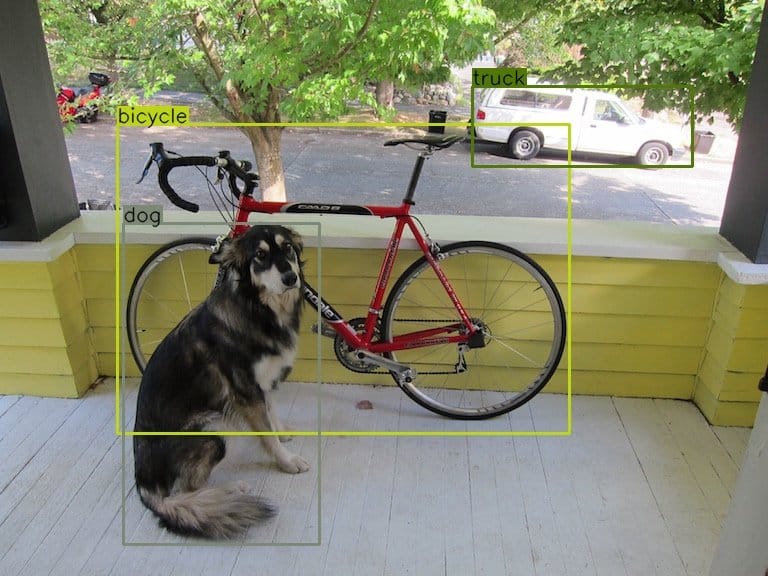
Why Use a Computer Vision API?
For developers with limited know-how of deep learning and machine learning, Computer Vision APIs, or limited time. Hence, computer vision APIs are products provided by computer vision companies that offer an accessible way to integrate image recognition capabilities.
While computer vision engineers and extensive testing are required to build sophisticated and high-performing computer vision applications, the use of computer vision APIs provides a way to access AI vision without the need to write code from scratch. If you are looking for even faster ways to use Computer vision technology, I recommend reading our article about Low-Code AI Platforms for Computer Vision that provide visual editors with drag-and-drop interfaces.
Cloud-based APIs provide developers with access to advanced algorithms for processing images and returning information about their content. Usually, an image is uploaded or provided via an image URL to analyze visual content in different ways. Hence, privacy and security are important factors to consider when choosing to use a computer vision API.
Also, since APIs usually involve client-to-cloud communication and data offloading, their use for real-time applications is technically limited and quickly gets expensive. For such applications that require functioning even without an internet connection (or temporary loss), you might want to consider on-device computer vision processing. Therefore, I recommend reading our article about Edge Intelligence for on-device Deep Learning and Computer Vision.
Next, we will list and compare the top computer vision APIs one by one.
The Best Computer Vision APIs
- Computer Vision API #1: AWS Rekognition API
- Computer Vision API #2: Google Cloud Vision API
- Computer Vision API #3: Microsoft Computer Vision
- Computer Vision API #4: Kairos Face Recognition API
- Computer Vision API #5: IBM Watson Visual Recognition API
- Computer Vision API #6: Imagga API
- Computer Vision API #7: Cloud Sight API
- Computer Vision API #8: ClarifaiV2 API
- Computer Vision API #9: ImageVision API
- Computer Vision API #10: EmoVu API
1. AWS Rekognition API
AWS Rekognition is one of the most popular APIs to power Computer Vision applications for image and video analysis. The API allows developers to build a wide range of AI vision applications to search, identify, and manage images or videos. The API allows users to perform object classification to identify objects, face detection, and text or optical character recognition. The AWS Rekognition service can also be used to detect adult material and create content filters to restrict the display of such images in software.
Pros:
- Support for a wide array of computer vision tasks.
- API can be used to search faces in images and videos.
- The service is fast and reliable, as you would expect from AWS.
- Robust deep learning networks with top performance.
- Free tier for 12 months, including analysis of 5’000 images and storing 1’000 pieces of face metadata per month.
Cons:
- Cost estimation of the pay-per-use model is complex, making it hard to estimate the future cost of API usage.
- For beginners, the API is rather difficult to use.
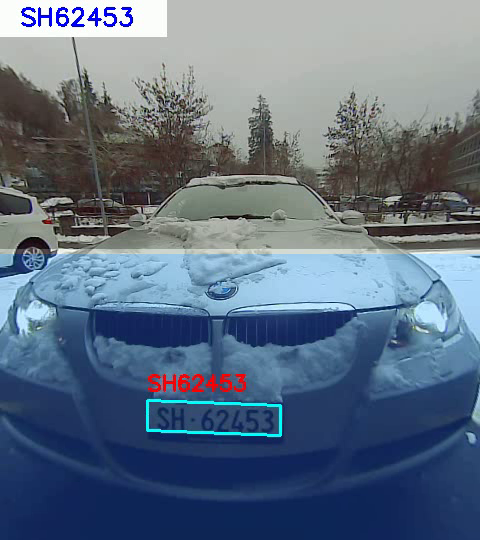
2. Google Cloud Vision API
Since 2015, Google has offered cloud-based and pre-trained computer vision and machine learning models through REST and RPC APIs. Using the API, you can perform image classification, object recognition and face recognition, optical character recognition (OCR), and other AI processing tasks.
Therefore, this API can be used to understand the content of an image and extract text from images. Using the Vision API, developers can easily integrate vision detection features within applications, including image labeling, face, and landmark detection, and tagging of explicit content.
Pros:
- It’s possible to use the API for free, without payment commitments, in a pay-per-use model with free credits. But you will need a credit card to sign up.
- The API service offers best-in-class privacy, security, and compliance, including ISO and SOC certificates. This is a must-have for computer vision APIs that involve the transmission of sensitive data.
- Support from Google Image Search to perform object detection.
- Apply multiple filter parameters on an individual image.
Cons:
- The complex payment model is difficult to understand for beginners.
It isn’t easy to estimate the costs. - Accordingly, API usage quickly gets very expensive.
- Free processing only for the first 1000 units per month.
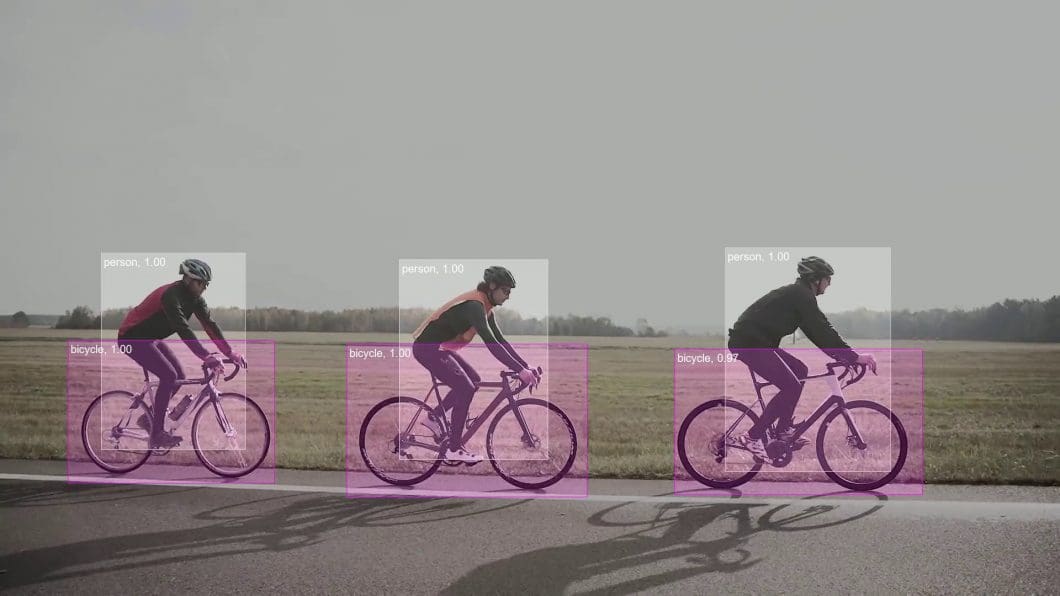
3. Microsoft Computer Vision API
Similar to the above, the Computer Vision API of Microsoft Azure makes it possible to build powerful photo- or video recognition applications with a simple API call. As the name suggests, the service is hosted on Microsoft’s cloud service called Azure. Hence, machine learning is applied to classify images.
The API can be used to analyze photos and images by uploading them or specifying the URL of visual data. However, the API is not specifically created for complex tasks like facial recognition.
Pros:
- Well-documented guides, tutorials, and samples to learn from are available.
- The API provides good performance with comparably fast response times.
- Integrated into the ecosystem of Microsoft Azure, SQL database, storage, and virtual machines.
- You can use the Microsoft Computer Vision API for free, including 5’000 calls per month.
Cons:
- A high number of API calls beyond the allowed limit per second can result in throttled response times.
- The usage-based pricing is rather expensive for applications that require multiple transactions.
4. Kairos Face Recognition API
The Kairos Face Recognition API uses deep learning algorithms to analyze faces found on images and returns data about the detected faces. This data can be used in vision applications to search, match and compare faces, or detect characteristics such as gender or age.
Kairos is a fairly easy-to-implement computer vision API, offering a cloud service for face recognition in real-life scenarios.
Pros:
- An easy way to integrate deep-learning face recognition into software products.
- Perform facial recognition without the need to build your face database and understand complicated statistical algorithms.
- As APIs include cloud-offloading of sensitive data, Kairos provides advanced security and privacy features as well as audits, allowing commercial use.
- The API is robust and able to process a massive amount of images.
- Additional AI models are supported, along with face recognition.
- The pricing is rather simple, while it’s not always easy to estimate usage needs.
Cons:
- Compared to AWS Rekognition, the performance lags.
- The only supported file types are JPG, BMP, and PNG. GIFs are not supported.
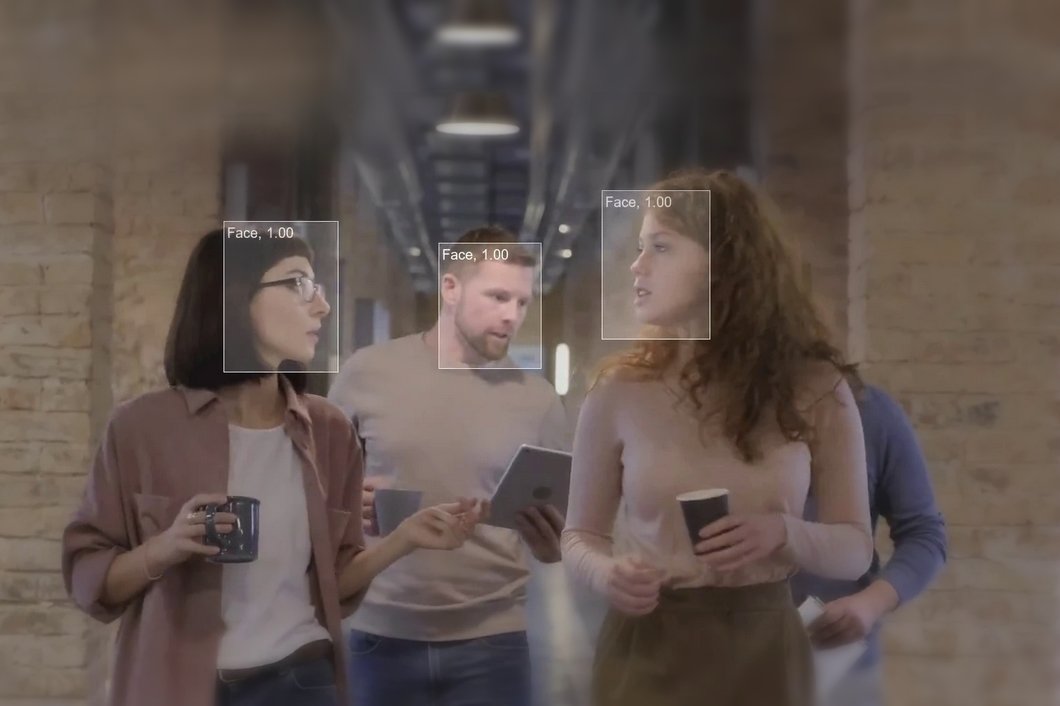
5. IBM Watson Visual Recognition
The Visual Recognition API of IBM Cloud is a service that uses deep learning algorithms to automatically identify objects, texts, or scenes in uploaded visual data. The API can be used to build custom classifiers to train a custom computer vision model to integrate with software applications.
Pros:
- The API can be used to create simple custom vision systems for decision-making.
- This Vision API service is able to process unstructured data better than other options.
- The service is scalable and able to handle massive amounts of data.
- The free plan offers 1’000 free analyzed images per month.
Cons:
- No support for larger images with a file size above 10 MB.
- Higher maintenance costs compared to other APIs.
- It does not support general biometric facial recognition to detect faces.
- The pricing is complex, and it gets expensive quickly.
6. Imagga API
Imagga is an image recognition API platform that offers APIs to businesses across industries to build software applications with AI-based image recognition capabilities. The API can be used to create an index with stock photos and query incoming photos to find the most visually similar images from the API, filter them, and suggest those images to the client.
Pros:
- All-in-one image recognition solution for automated image tagging, categorization, composition, and color analysis via API.
- Imagga provides clear and simple pricing.
- Free plan available with 1’000 API requests per month.
Cons:
- More expensive compared to large cloud provider APIs.
- Features are limited to a set of image recognition tasks.
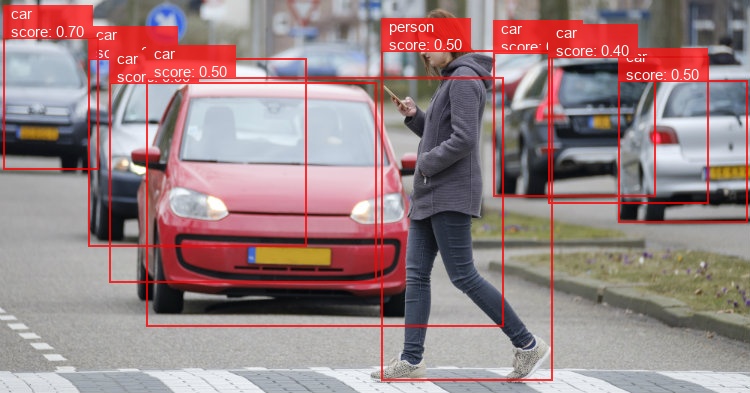
7. Cloud Sight API
Cloud Sight is a simple REST API for understanding images with computer vision. Using the API, developers upload their images to the cloud service and get a response with the description of its content (processed image output information). The service offers image captioning and understanding.
Pros:
- Cloud Sight uses robust models to process even pictures taken with poor lighting or perspectives.
- The API provides automated captioning, image classification, fine-grained object recognition, and scene understanding.
Cons:
- The API is in the Beta stage and not very detailed.
- Unlike other services, the API is not able to process unstructured data.
- Not as widely used as the AWS, Google, or IBM AI vision APIs.
8. Clarifai API
The API of Clarifai provides a REST API to use its AI models for image and video recognition tasks, to automatically assign tags to objects and categories in visual data. Like other APIs, it uses machine learning and deep neural networks. With version 2 of the API, custom training and visual search functionalities have been added.
Pros:
- The API can be used to build custom solutions.
- Available features for AI content moderation for user-generated content.
- Compared to other offerings, the pricing is fairly simple.
Cons:
- Clarifai is one of the more costly API solutions available.
- As for all APIs, the requests need server communications; hence, large cloud providers can offer faster processing.
9. ImageVision API
ImageVision is a computer vision API for facial biometrics, object recognition, motion recognition, and text recognition. The API can be used to develop custom computer vision applications, using features such as nudity detection and object classification.
Pros:
- The ImageVision API has been used for anatomical pattern recognition.
- ImageVision was acquired by a leading provider of content moderation solutions to the social and gaming industries.
- Automated image and video face recognition and face demographics are scalable to billions of images and thousands of comparisons per second.
Cons:
- Lack of extensive online API documentation.
- The accuracy is rather average compared to high-accuracy APIs.
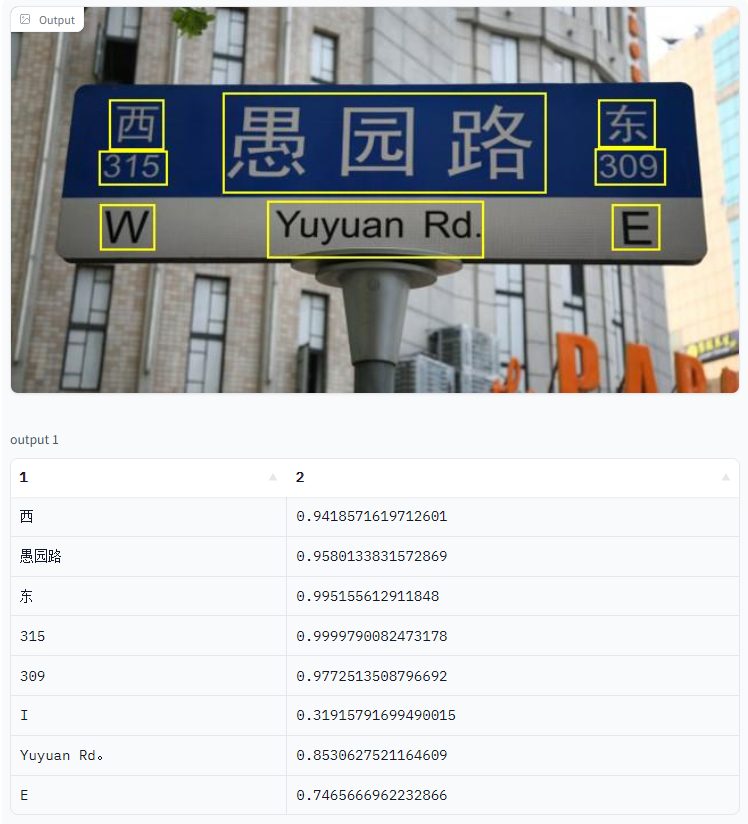
10. Computer Vision API EmoVu
Eyeris created the EmoVu REST API. It is a deep learning-based emotion recognition API that can be used to detect facial expressions in images and perform sentiment analysis. The EmoVo API offers different expression recognition modules for facial analysis that can be used to build custom computer vision applications.
Pros:
- Focus on visual emotional intelligence detection.
- Highly customizable facial detection service.
Cons:
- A limited set of features, probably not flexible enough to create complex applications.
- The API is not easy to use for beginners or intermediates.
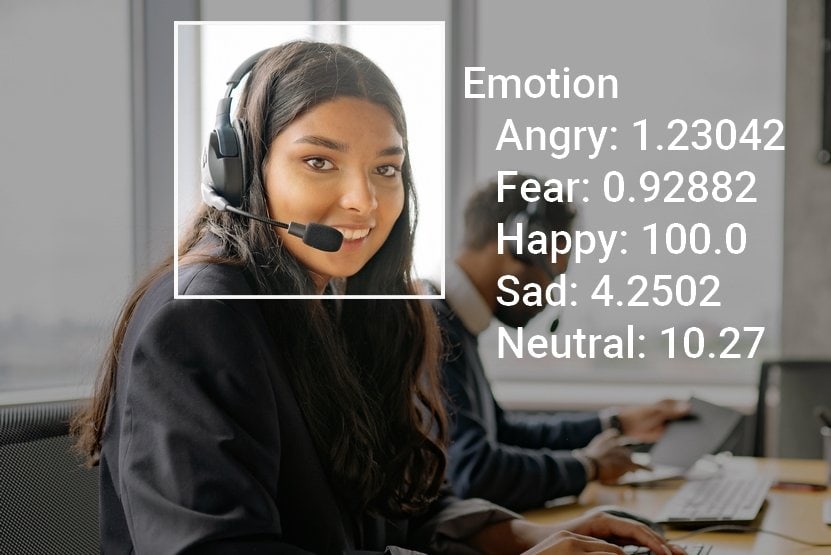
What’s next?
There are multiple computer vision APIs available to easily perform a wide range of object detection or classification tasks.
While comparing the APIs, it is important to consider the total costs because calling APIs quickly gets expensive when moving toward real-time computer vision applications. Also, please consider your project’s security and privacy aspects. If data offloading to the cloud is not an option, I recommend using on-device processing, so-called Edge AI.
To read more about related topics, you might want to read another article:
